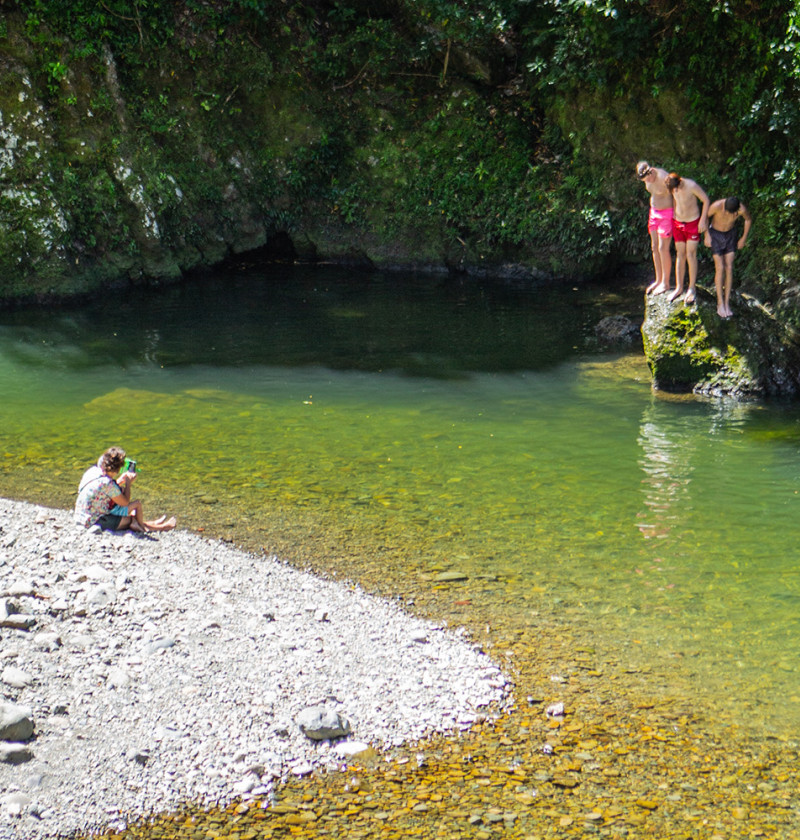Clause 1.5: Application

Clause 1.5 states that the NPS-FM applies not just to freshwater but to all receiving environments affected by freshwater, which may include coastal waters.
A receiving environment includes any water body (such as a river, lake, wetland or aquifer) and the coastal marine area (including estuaries). Policy 3 in the NPS-FM also gives strong direction to protect receiving environments, and clause 3.5 directs councils to recognise the interconnectedness of the whole environment, down rivers, to the sea including lagoons and estuaries.
These clauses draw a connection between fresh and coastal waters, which would otherwise be managed by different parts of the planning framework. This helps to give effect to Te Mana o te Wai, recognising the inherent connections of freshwater bodies to each other (rivers to lakes to groundwater) and to the coast (estuaries, lagoons and open sea), as an indivisible whole.
The NPS-FM applies to receiving environments, such as estuaries and coastal waters where they are connected and affected by freshwater inputs. Councils will need to ensure that limits set are sufficient to achieve environmental outcomes for estuarine and certain downstream coastal waters. For instance, due to the cumulative effect of upstream inputs, it may be that, in order to meet outcomes of a given coastal environment, a more stringent limit is needed for an upstream river – that is, than would otherwise be required to achieve a freshwater TAS for that upstream river alone.
Plan content must also give effect to the New Zealand Coastal Policy Statement when freshwater affects coastal outcomes. For example, sediment attributes, and limits on sediment discharges, should be set at a level that does not significantly increase sedimentation in coastal water (Policy 22 of the New Zealand Coastal Policy Statement).
An important first step for coastal environments will be identifying the coast as a receiving environment and the coastal outcomes affected by freshwater. Councils should then look up the catchment and identify actions that need to be taken through land and freshwater management that will achieve the coastal outcomes, and incorporate them into the freshwater planning process.
For example, some estuarine ecosystems are particularly sensitive to sediment loads because of their limited ability to flush sediment out. In comparison, the smaller streams that feed into the estuary can flush sediment regularly with rainfall. This may call for more stringent controls on sediment-generating activities than would be necessary if only the values of the river (not the connected estuary) were considered.

Clause 1.5: Application
July 2022
© Ministry for the Environment